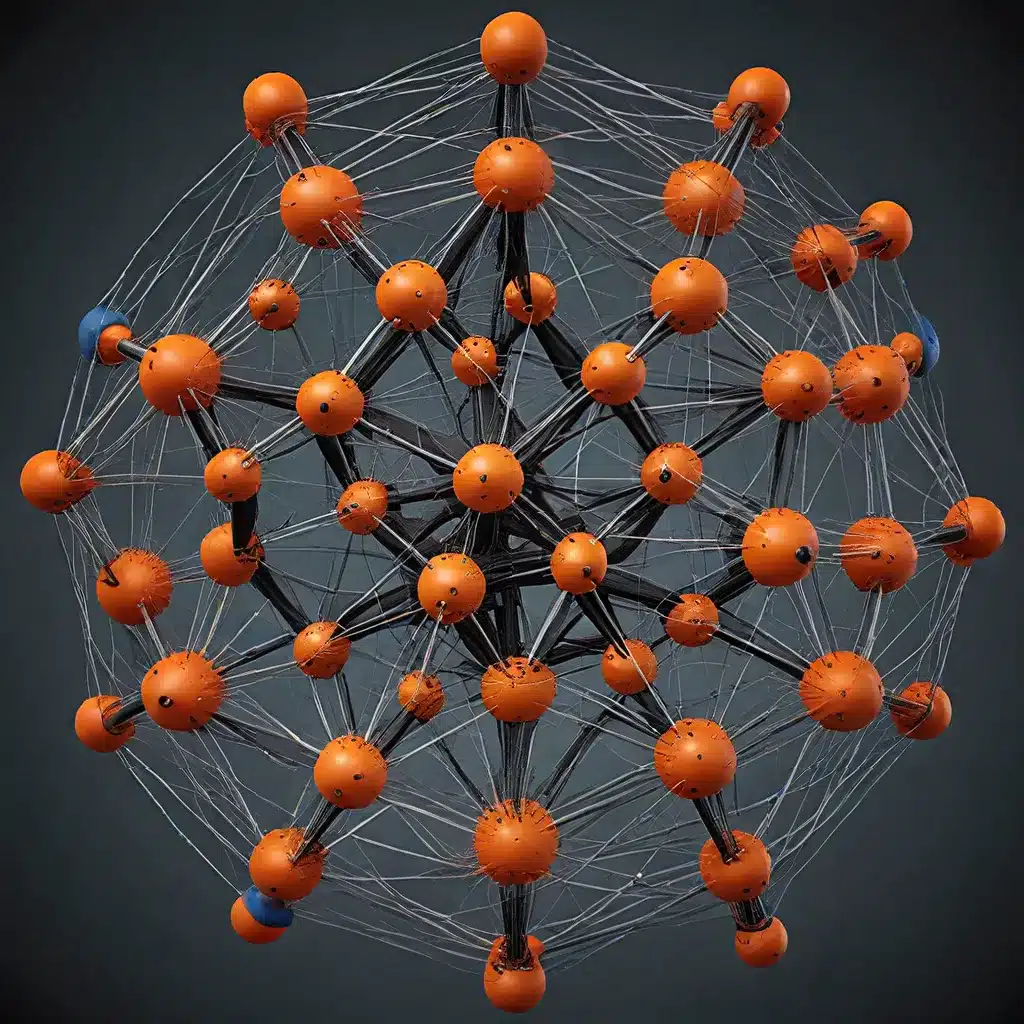
Navigating Dynamic Contexts: The Need for Adaptive Topologies
In today’s increasingly connected world, sensor networks and the Internet of Things (IoT) have become essential for collecting, transmitting, and analyzing vast amounts of data. These technologies underpin critical applications across industries, from smart cities and industrial automation to environmental monitoring and healthcare. However, the reliability and performance of these networks depend on their ability to adapt to dynamic environments characterized by changing device density, mobility, and energy availability.
Traditional approaches to designing and maintaining the network topology often rely on centralized control or static assumptions that fail to account for the fluid nature of real-world deployments. As physical communication infrastructures become vulnerable to failures, mobile ad-hoc networks (MANETs) have emerged as a viable alternative, offering infrastructure-less connectivity. Yet, these networks face their own challenges, such as adapting to fluctuating device density and preserving limited energy resources.
To address these challenges, researchers have developed innovative self-organizing techniques that enable sensor networks and MANETs to dynamically reconfigure their topologies in response to changing environmental conditions. By leveraging local contextual information and distributed decision-making, these adaptive approaches aim to maintain reliable communication, improve energy efficiency, and ensure the long-term viability of these critical communication systems.
Balancing Reliability, Scalability, and Longevity
The primary objectives in designing self-organizing sensor network topologies are to ensure reliability, scalability, and longevity. Reliability refers to the assurance that messages are successfully delivered from one device to another, even as the network encounters disruptions. Scalability is the ability of the network to adapt to changes in the number of participating devices without compromising its core functionality. Longevity, on the other hand, is a measure of the network’s lifetime, which is closely tied to the efficient utilization of limited energy resources.
Achieving these goals simultaneously is a significant challenge, as they often present competing priorities. For example, maintaining reliable communication in a dense, highly mobile network may require more energy-intensive relaying of messages, reducing the overall lifetime of the network. Conversely, prioritizing energy efficiency through aggressive topology control may come at the cost of reduced reliability and scalability.
Adaptive Topology Control Algorithms
To strike the right balance, researchers have developed a variety of self-organizing topology control algorithms that leverage local contextual information to dynamically adapt the network structure. These algorithms typically operate in three key stages:
-
Topology Creation: Devices in the network establish connections with their neighbors based on criteria such as energy availability and spatial proximity, forming a scale-free, loop-free topology.
-
Message Exchange: As devices communicate, they monitor the availability of routes and trigger reconfiguration when necessary to maintain reliable message delivery.
-
Topology Maintenance: The network continuously adapts its topology by reconnecting high-energy devices, removing low-energy devices, and reorganizing sub-networks to optimize energy usage and ensure long-term viability.
The core innovation in these algorithms lies in their ability to make decentralized, context-aware decisions without relying on a centralized authority or predetermined assumptions about the network’s characteristics. By leveraging local information about device energy levels and connectivity, the algorithms are able to form and maintain a self-organizing, energy-efficient topology that adapts to changing conditions.
Evaluating the Performance of Adaptive Topologies
To validate the effectiveness of these self-organizing topology control algorithms, researchers have conducted extensive simulations and modeling studies. These evaluations typically assess the algorithms’ performance across three key metrics:
-
Longevity: The lifetime of the network, measured by the time it takes for a significant number of devices to exhaust their energy resources and become disconnected.
-
Scalability: The network’s ability to maintain reliable communication as the number of participating devices changes, often by varying the device density within a fixed geographic area.
-
Reliability: The percentage of messages successfully delivered, even in the face of network disruptions and device failures.
The results of these studies have been promising, demonstrating that context-aware, energy-efficient topology control algorithms can significantly improve the overall performance of sensor networks and MANETs compared to traditional, static approaches. By dynamically adapting the network structure to the changing conditions, these algorithms are able to extend the lifetime of the network, maintain connectivity even as devices join or leave, and ensure reliable message delivery.
Implications and Future Directions
The advancements in self-organizing sensor network topologies have far-reaching implications for the future of IoT and communication networks. These adaptive techniques enable the deployment of resilient, infrastructure-less communication systems that can be rapidly established in response to emergencies, natural disasters, or other scenarios where traditional infrastructure may be unavailable or unreliable.
Furthermore, the ability to optimize energy usage through dynamic topology control is particularly relevant for resource-constrained IoT devices, where prolonging battery life is crucial for the feasibility and sustainability of these applications. By integrating these self-organizing algorithms into IoT platforms and sensor network architectures, developers can create more energy-efficient, scalable, and reliable systems that can adapt to a wide range of operating conditions.
As the field of sensor networks and IoT continues to evolve, the research on self-organizing topologies is poised to play an increasingly vital role. Looking ahead, future work may focus on further improving the algorithms’ performance, integrating them with advanced routing protocols, and validating their effectiveness in real-world deployments. Additionally, exploring the security implications of these decentralized, self-organizing networks and developing robust countermeasures will be crucial to ensuring the overall resilience of these critical communication systems.
By embracing the principles of self-organization and adaptive topology control, the sensor network and IoT communities can unlock new possibilities for reliable, scalable, and long-lasting communication systems that are better equipped to address the dynamic challenges of the modern, interconnected world.
Sensor Networks is dedicated to providing the latest insights and advancements in sensor network technologies, IoT applications, and related fields. Stay informed and explore the cutting edge of this rapidly evolving domain.